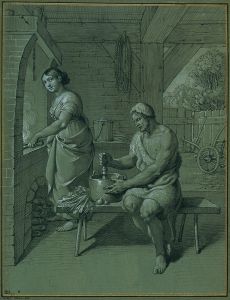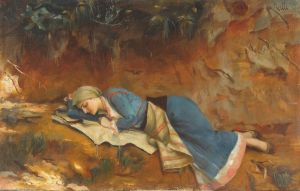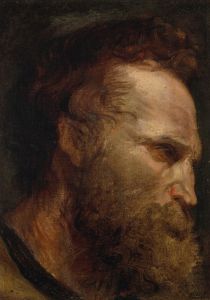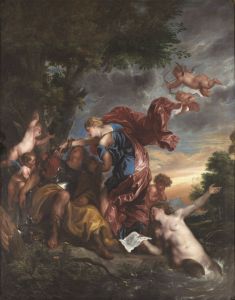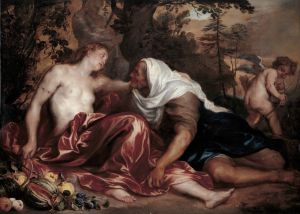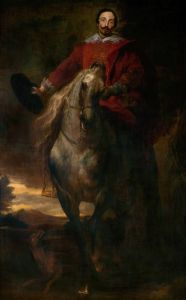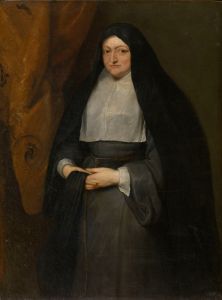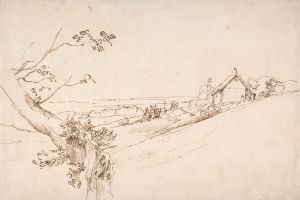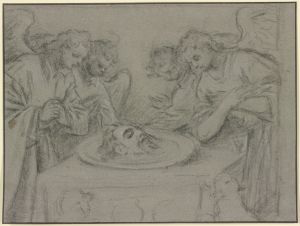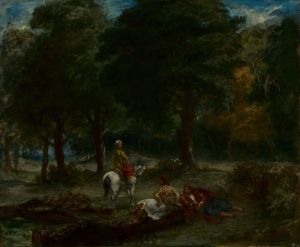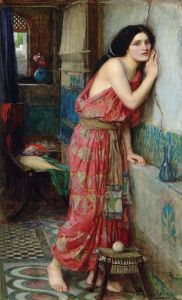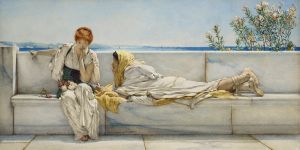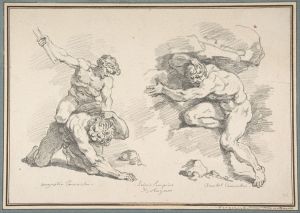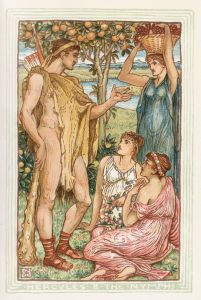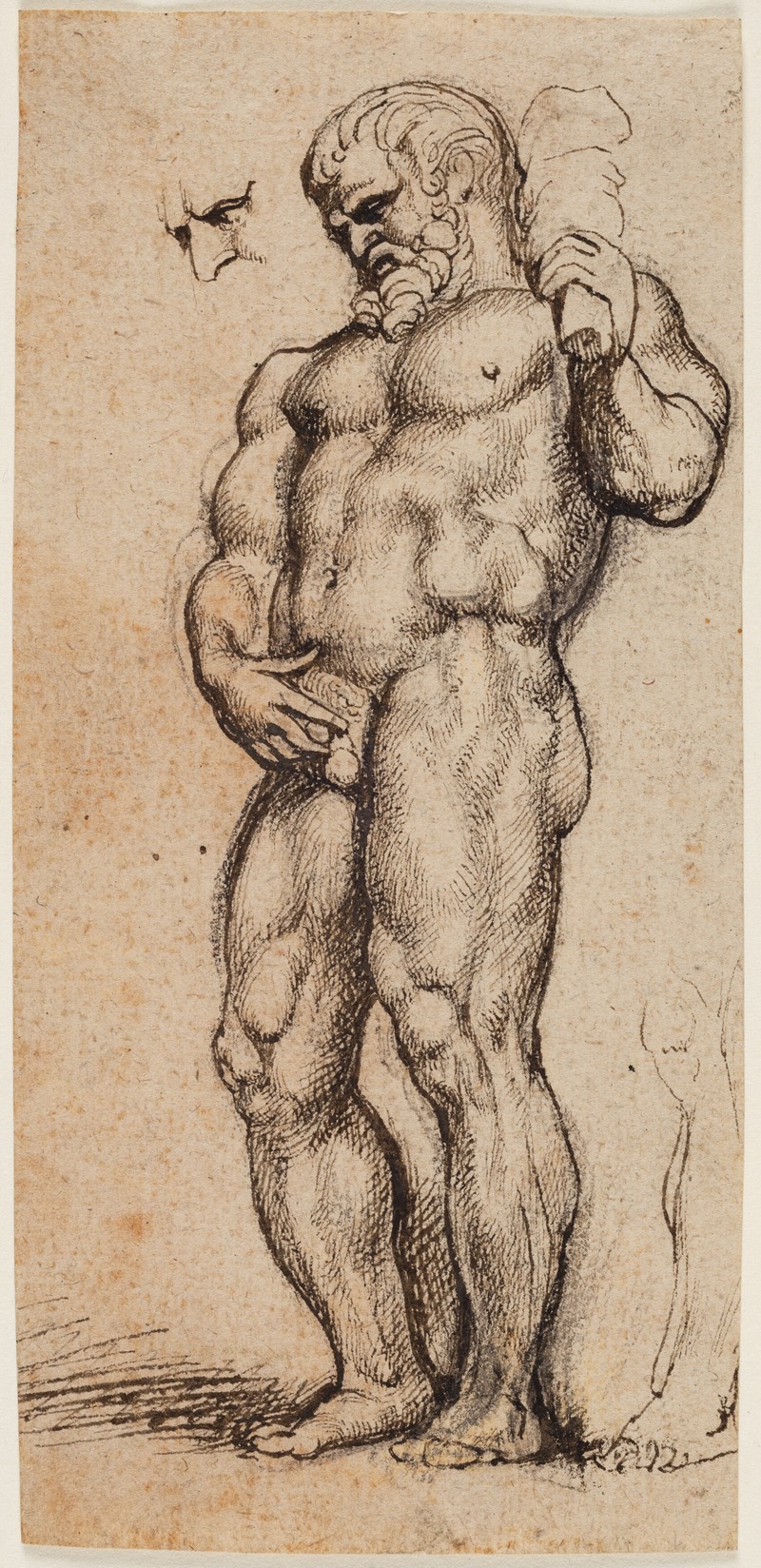
Hercules
A hand-painted replica of Anthony van Dyck’s masterpiece Hercules, meticulously crafted by professional artists to capture the true essence of the original. Each piece is created with museum-quality canvas and rare mineral pigments, carefully painted by experienced artists with delicate brushstrokes and rich, layered colors to perfectly recreate the texture of the original artwork. Unlike machine-printed reproductions, this hand-painted version brings the painting to life, infused with the artist’s emotions and skill in every stroke. Whether for personal collection or home decoration, it instantly elevates the artistic atmosphere of any space.
Anthony van Dyck, a prominent Flemish Baroque artist, is renowned for his portraits and religious works. However, his oeuvre also includes mythological subjects, one of which is the painting "Hercules." This work reflects van Dyck's engagement with classical themes and his ability to infuse them with the dramatic intensity characteristic of the Baroque period.
Van Dyck was born in Antwerp in 1599 and became a leading artist in the early 17th century. He was a student of Peter Paul Rubens, whose influence is evident in van Dyck's dynamic compositions and vibrant use of color. Van Dyck's career took him across Europe, where he worked in Italy, the Netherlands, and England, gaining fame as a portraitist to the aristocracy and royalty.
The painting "Hercules" by Anthony van Dyck is a testament to his skill in depicting mythological figures with a sense of realism and drama. Hercules, known for his strength and heroic feats, was a popular subject in art, symbolizing human struggle and triumph. Van Dyck's interpretation of Hercules would have been influenced by the classical texts and sculptures that were widely studied during the Renaissance and Baroque periods.
In this painting, van Dyck likely portrayed Hercules in a moment of action or contemplation, capturing the hero's physical prowess and emotional depth. The use of light and shadow, a hallmark of Baroque art, would have been employed to enhance the three-dimensionality of the figure and to create a sense of movement and tension. Van Dyck's attention to anatomical detail and his ability to convey texture and form would have contributed to the lifelike quality of the painting.
While specific details about the painting "Hercules" by van Dyck are scarce, it is known that his mythological works often included rich symbolism and allegory. These elements would have been intended to convey moral or philosophical messages to the viewer, a common practice in Baroque art. Van Dyck's sophisticated use of color and composition would have further emphasized the narrative and emotional impact of the scene.
Van Dyck's work, including his mythological paintings, reflects the broader cultural and artistic trends of the Baroque period. This era was characterized by a fascination with the dramatic and the grand, as well as a renewed interest in classical antiquity. Artists like van Dyck sought to capture the complexity of human experience through their depictions of historical and mythological subjects.
In summary, Anthony van Dyck's painting "Hercules" exemplifies his mastery of Baroque techniques and his ability to bring mythological figures to life with emotional and physical realism. Although specific details about this painting are limited, it stands as a representation of van Dyck's broader artistic achievements and his contribution to the rich tapestry of Baroque art.





